 Sandburg’s “Picnic Boat” is a snapshot of the aftermath of a Sunday picnic. It’s a visual and musical image picnicker returning at the end of a long leisurely day. Sunday night and the park policemen tell each other it is dark as a stack of...
Sandburg’s “Picnic Boat” is a snapshot of the aftermath of a Sunday picnic. It’s a visual and musical image picnicker returning at the end of a long leisurely day. Sunday night and the park policemen tell each other it is dark as a stack of...
 Wharton’s Summer is the story of a summer romance doomed to failure that begins with seduction at a picnic. When Charity Royall, a small-town girl of seventeen, falls for Lucius Harney, a socially upscale architect, she loses her innocence at a picnic. The...
Wharton’s Summer is the story of a summer romance doomed to failure that begins with seduction at a picnic. When Charity Royall, a small-town girl of seventeen, falls for Lucius Harney, a socially upscale architect, she loses her innocence at a picnic. The...
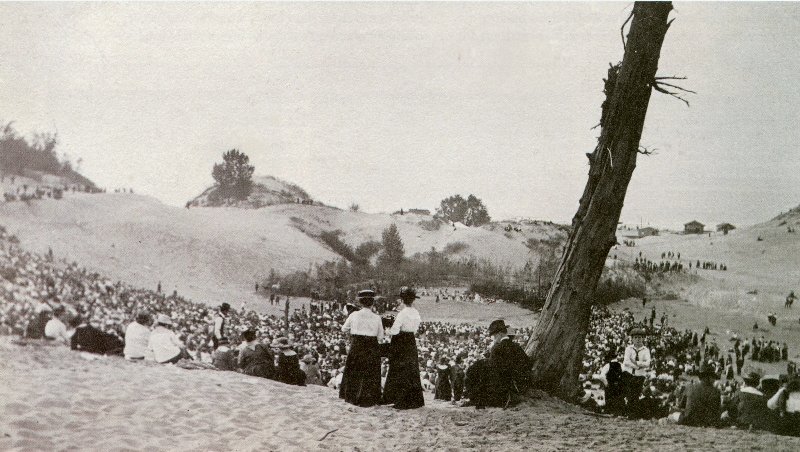 Fanny Brandeis is a new woman, whose career comes first, and when Clarence Heyl, an unacknowledged suitor, asks her to picnic, she says that she’s so busy working that she has forgotten how. But the next morning, Fanny is sitting in a train heading out from...
Fanny Brandeis is a new woman, whose career comes first, and when Clarence Heyl, an unacknowledged suitor, asks her to picnic, she says that she’s so busy working that she has forgotten how. But the next morning, Fanny is sitting in a train heading out from...
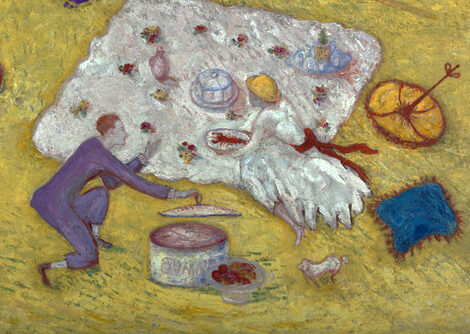 Stettheimer liked whimsy and humor in her paintings but included jokes only her friends would recognize. Her outlook is surreal. She preferred the outdoors, like Picnic in Bedford Hills, because interiors are less joyful than an outdoor scene. Like Matisse’s The Red...
Stettheimer liked whimsy and humor in her paintings but included jokes only her friends would recognize. Her outlook is surreal. She preferred the outdoors, like Picnic in Bedford Hills, because interiors are less joyful than an outdoor scene. Like Matisse’s The Red...
 Potter borrowed freely from Aesop, Horace, and many other tellers of the “The Country Mouse and the City Mouse,” including Mary Belson Elliott’s The Mice and Their Pic Nic. “The dinner was of eight courses; not much of anything, but truly...
Potter borrowed freely from Aesop, Horace, and many other tellers of the “The Country Mouse and the City Mouse,” including Mary Belson Elliott’s The Mice and Their Pic Nic. “The dinner was of eight courses; not much of anything, but truly...
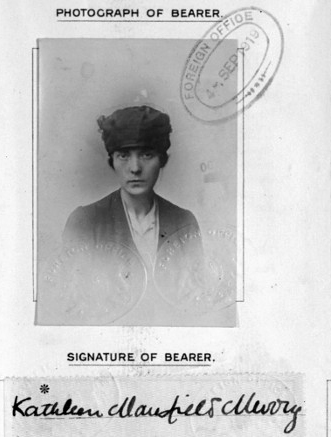 Mansfield was in Bandol, a sea resort in the south of France, where she hoped to regain health and stability. However, her time there was unhappy, exemplified by “Pic-Nic,” a poem hinting that her state of mind was no picnic. Perhaps because it was too dark, she...
Mansfield was in Bandol, a sea resort in the south of France, where she hoped to regain health and stability. However, her time there was unhappy, exemplified by “Pic-Nic,” a poem hinting that her state of mind was no picnic. Perhaps because it was too dark, she...
 Chaplin’s A Day’s Pleasure called Charlie’s Picnic is an excursion in San Pedro harbor. It’s not a picnic, and Chaplin preferred A Day’s Pleasure as an ironic title because the story is a series of ironic misfortunes: seasickness, fistfights, and a return home that...
Chaplin’s A Day’s Pleasure called Charlie’s Picnic is an excursion in San Pedro harbor. It’s not a picnic, and Chaplin preferred A Day’s Pleasure as an ironic title because the story is a series of ironic misfortunes: seasickness, fistfights, and a return home that...
 The humor of Smith’s picnic fiasco “Slicing the Wasps” is obvious. The legend reads: “Suitable for both sexes, young and old. Fascinating, amusing, skillful exciting, and with that element of danger.” It’s also an allusion to John...
The humor of Smith’s picnic fiasco “Slicing the Wasps” is obvious. The legend reads: “Suitable for both sexes, young and old. Fascinating, amusing, skillful exciting, and with that element of danger.” It’s also an allusion to John...
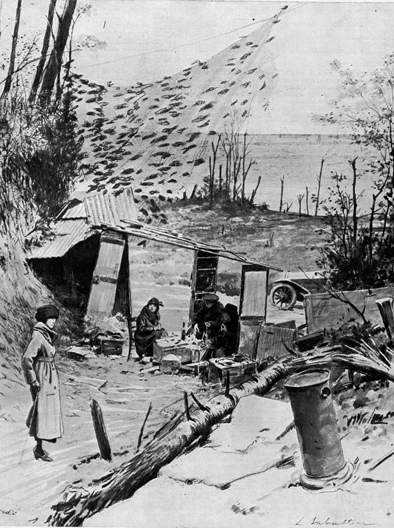 When the war began in 1914, picnic baskets were shelved. But when the peace was negotiated at Versailles in June 1919, wickers were dusted off and repacked. Signaling the change, The Illustrated London News editors suggested that it was time for picnicking—in the...
When the war began in 1914, picnic baskets were shelved. But when the peace was negotiated at Versailles in June 1919, wickers were dusted off and repacked. Signaling the change, The Illustrated London News editors suggested that it was time for picnicking—in the...
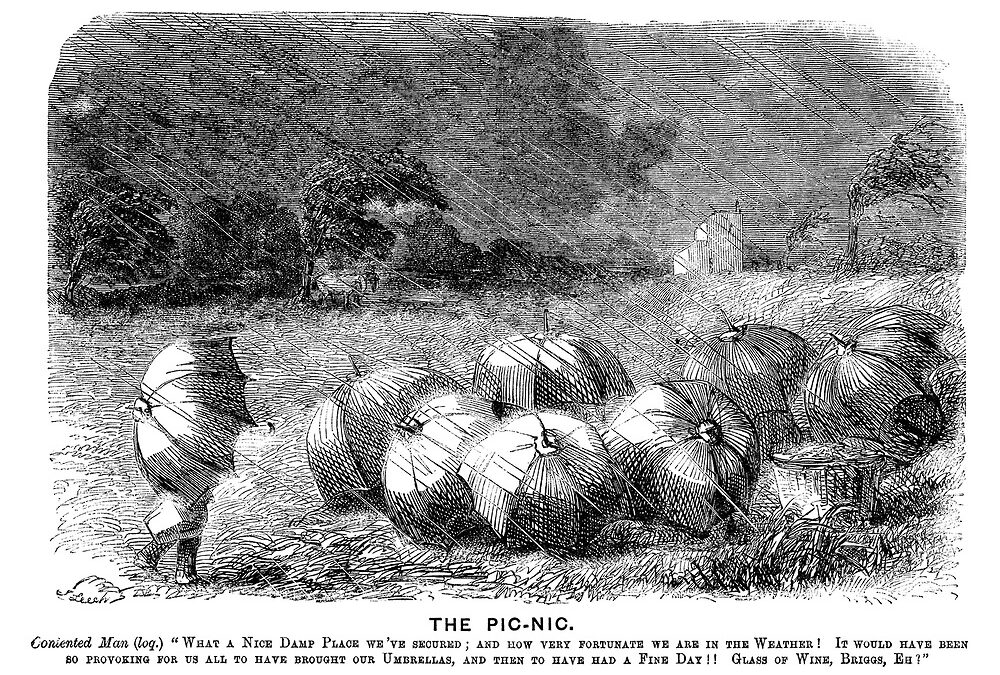 “The Ideal” is Logan Pearsall Smith’s satiric dream of the impossibility of an ideal English picnic. Smith conjectures that though he might be promised a perfect day for a picnic and feasting in the shade of splendid trees, “when, in the rainy...
“The Ideal” is Logan Pearsall Smith’s satiric dream of the impossibility of an ideal English picnic. Smith conjectures that though he might be promised a perfect day for a picnic and feasting in the shade of splendid trees, “when, in the rainy...











